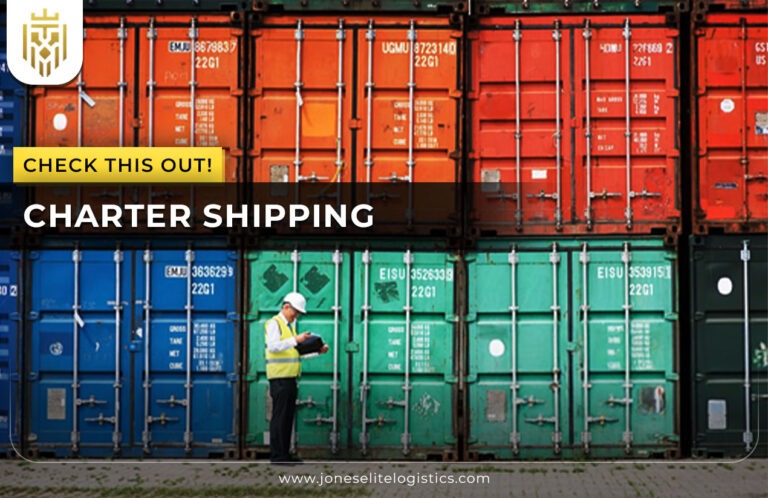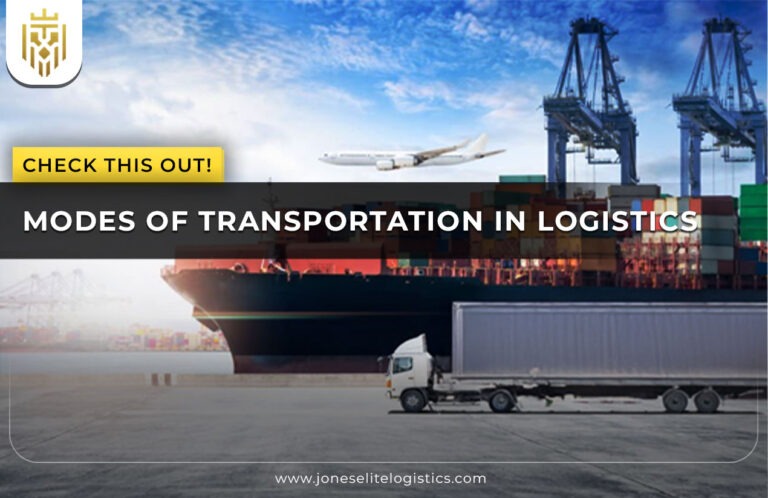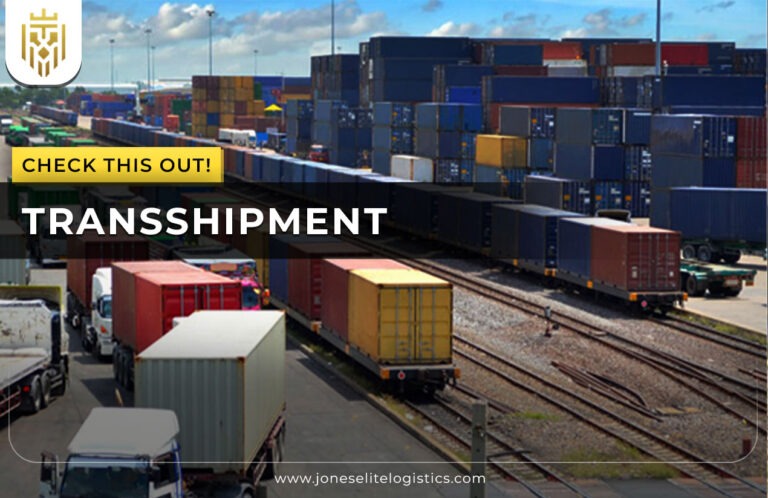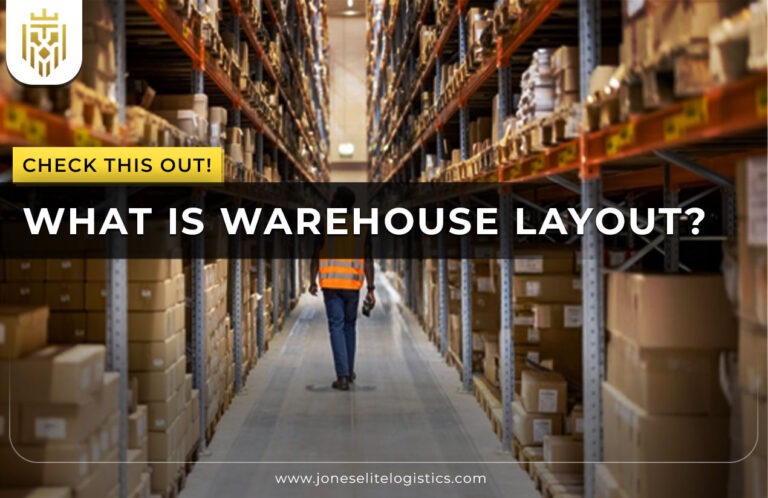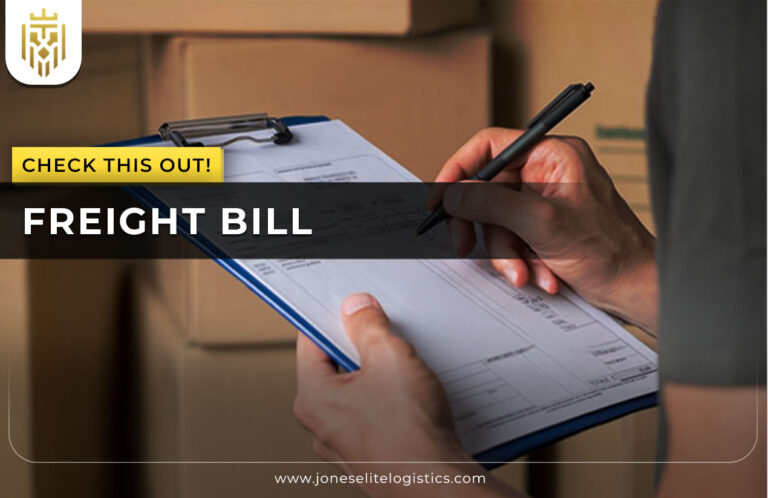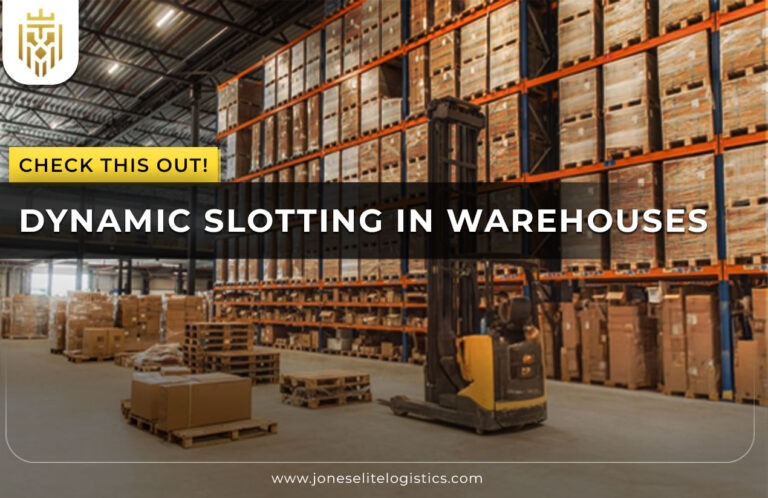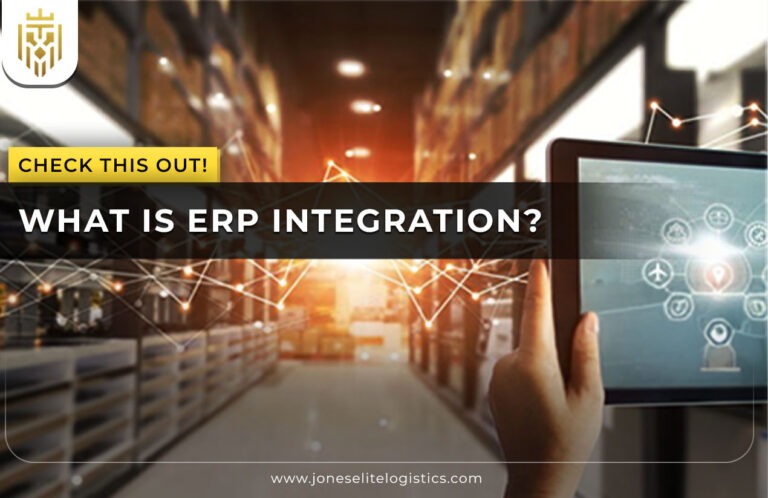What is Import and Export Logistics?
Import and export logistics refer to the processes involved in the movement of goods across international borders, ensuring that products are efficiently transported, stored, and delivered. These logistics encompass various activities, including transportation, warehousing, customs clearance, and documentation, and are integral to international logistics and the broader logistics supply chain.

How Import and Export Logistics Services Help Businesses?
Import and export logistics services manage the logistics part of the supply chain, helping businesses ensure the smooth and safe arrival and departure of their shipments to the required destinations. These services streamline the complex processes involved in import export operations, reducing delays and minimizing risks.
Import and Export Logistics Process:
The logistics process in importing and exporting goods is similar to other modes of logistics with the necessary modifications to cater to international requirements, and these steps are:
Transportation:
Transportation involves moving goods from one location to another via air, land, or sea, ensuring timely and efficient delivery. Choosing the right mode of transportation is crucial for balancing cost, speed, and reliability in the logistics process, particularly in freight forwarding logistics and international logistics.
Warehousing:
Warehousing is the process of storing goods until they are ready to be shipped, providing a safe and organized space for inventory management. Effective warehousing solutions help optimize storage capacity and ensure quick access to products.
Customs Clearance:
Customs clearance ensures that all necessary taxes are paid and that goods comply with legal requirements and procedures before entering or leaving a country. This step is critical to avoiding delays and ensuring that shipments adhere to international trade regulations, playing a key role in the export logistics process.

Documentation:
Documentation involves arranging and providing commercial, financial, transport, and insurance documents to ensure a smooth import/export logistics procedure. Accurate and complete documentation is essential to avoid legal issues and facilitate hassle-free international trade.
How to Optimize Import and Export Logistics:
Integrating technology into logistics addresses challenges like goods replacement or robbery, and delayed deliveries, and enhances decision-making.Logistics Services such as container drayage and transloading bridges also play an effective role in optimizing the logistics process, especially in freight forwarding and logistics import export operations.
Benefits of Logistics in Import and Export:
Logistics play a crucial part in ensuring goods are transferred between borders, and some of the benefits it brings include:
More efficient utilization of resources & transportation networks:
Optimizing logistics improves the use of resources and transportation networks, maximizing efficiency across the supply chain. This results in better planning and reduced waste, leading to cost savings.
Quicker shipment processing times:
Streamlined logistics accelerate shipment processing, reducing delays and improving delivery speed, which enhances customer satisfaction. Faster processing times also contribute to more agile and responsive supply chain operations, crucial in import export logistics and the wider logistics management industry.
Increased flexibility in routing and shipping choices:
Enhanced logistics offer greater flexibility in routing and shipping, allowing businesses to adapt to varying demands and unforeseen challenges. This flexibility helps in choosing the most efficient and cost-effective routes for each shipment.

Reducing Business Costs:
Efficient logistics lower business costs by minimizing waste and optimizing resource use, leading to higher profitability. Effective logistics management also helps in avoiding unnecessary expenses related to delays, storage, and handling.
FAQs
1) What is Import and Export Logistics?
Import and export logistics refer to the processes involved in the movement of goods across international borders, ensuring that products are efficiently transported, stored, and delivered. These logistics encompass various activities, including transportation, warehousing, customs clearance, and documentation, and are integral to international logistics and the broader logistics supply chain.
2) What is the Import and Export Logistics Process?
The logistics process in importing and exporting goods is similar to other modes of logistics with the necessary modifications to cater to international requirements, and these steps are Transportation, Warehousing, Customs Clearance, and Documentation.
3) What are the Benefits of Logistics in Import and Export?
Logistics play a crucial part in ensuring goods are transferred between borders, and some of the benefits it brings include More efficient utilization of resources & transportation networks, Quicker shipment processing times, Increased flexibility in routing and shipping choices, and Reducing Business Costs.
4) How to Optimize Import and Export Logistics?
Integrating technology into logistics addresses challenges like goods replacement or robbery, and delayed deliveries, and enhances decision-making. Services such as container drayage and transloading bridges also play an effective role in optimizing the logistics process, especially in freight forwarding and logistics import export operations.


